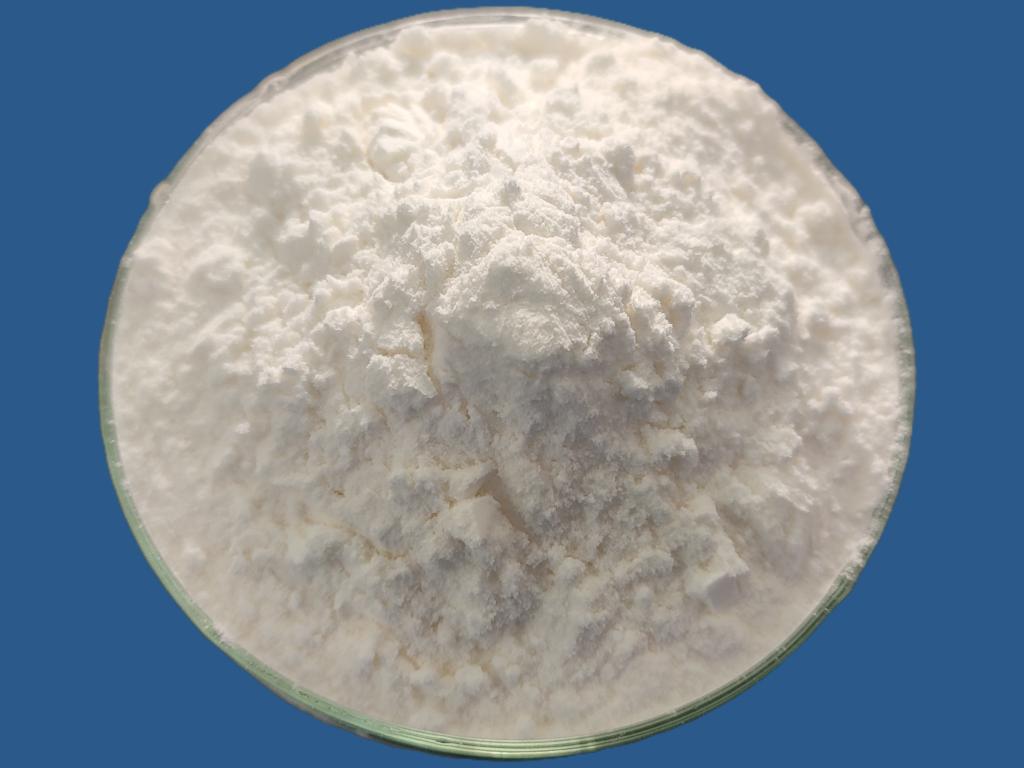Tel:+8618231198596

News
 CONTACT
CONTACT
 CONTACT
CONTACT
- Linkman:Linda Yao
- Tel: +8618231198596
- Email:linda.yao@dcpharma.cn
- Linkman:CHARLES.WANG
- Department:Overseas
- Tel: 0086 0311-85537378 0086 0311-85539701
News
Current Position:
Home >
News
>ε-Polylysine Hydrochloride Product Contribution to Strengthening Food Supply Chains.
ε-Polylysine Hydrochloride Product Contribution to Strengthening Food Supply Chains.
TIME:2023-10-13
I. The Significance of Food Supply Chains
A. Complex Networks
Food supply chains encompass a multitude of stages, from farming and processing to distribution and retail. They are essential for delivering a diverse range of food products to consumers.
B. Vulnerabilities
Food supply chains are susceptible to various risks, including natural disasters, transportation issues, contamination, and economic disruptions. These vulnerabilities can impact food availability and safety.
C. Global Interconnectedness
The globalization of food supply chains has increased the complexity and interconnectedness of the system. This connectivity has both advantages and challenges.
II. Challenges in Food Supply Chains
A. Food Safety
Ensuring food safety is a primary concern within food supply chains. Contaminated products can lead to foodborne illnesses and damage the reputation of the food industry.
B. Shelf Life
The perishable nature of many food products means that their shelf life is limited. Extending this shelf life can reduce food waste and increase accessibility.
C. Economic Impact
Disruptions in food supply chains can have significant economic repercussions, affecting industries, consumers, and the global economy.
III. ε-Polylysine Hydrochloride: A Natural Preservative
A. Understanding ε-Polylysine
ε-Polylysine is a natural antimicrobial peptide produced by some strains of bacteria, including Streptomyces albulus. It is generally recognized as safe (GRAS) and approved for use as a food preservative in several countries.
B. Mechanism of Action
ε-Polylysine hydrochloride's antimicrobial action is based on its ability to disrupt cell membranes of bacteria and other microorganisms. This mode of action makes it effective against a broad spectrum of microorganisms, including foodborne pathogens.
IV. Applications of ε-Polylysine Hydrochloride in Food Supply Chains
A. Shelf Life Extension
One of the primary applications of ε-polylysine hydrochloride in food supply chains is the extension of the shelf life of various products. By inhibiting the growth of spoilage and pathogenic microorganisms, it prevents premature spoilage and ensures longer-lasting freshness.
B. Food Safety
ε-Polylysine hydrochloride contributes to food safety by inhibiting the growth of pathogenic microorganisms, reducing the risk of foodborne illnesses. This is particularly important in food supply chains, where safety concerns are prevalent.
C. Reduction of Food Waste
Extending the shelf life of products and reducing spoilage leads to a reduction in food waste. This is not only economically advantageous but also contributes to sustainability by conserving resources.
V. Benefits of Using ε-Polylysine Hydrochloride in Food Supply Chains
A. Extended Shelf Life
The use of ε-polylysine hydrochloride leads to an extension of the shelf life of various food products, reducing food waste and economic losses.
B. Improved Food Safety
By inhibiting the growth of pathogenic microorganisms, ε-polylysine hydrochloride enhances food safety, reducing the risk of foodborne illnesses.
C. Enhanced Quality
Extended shelf life ensures that food products maintain their quality, flavor, and nutritional value, meeting consumer expectations.
D. Sustainability
Reducing food waste contributes to sustainability by conserving resources, lowering greenhouse gas emissions, and minimizing the environmental impact of food disposal.
VI. Challenges and Considerations
A. Regulatory Compliance
The use of ε-polylysine hydrochloride in food supply chains must comply with local and international regulatory guidelines. Collaboration with regulatory authorities is essential.
B. Optimal Formulation
The formulation and dosage of ε-polylysine hydrochloride in various food products should be carefully considered to ensure effective preservation without affecting taste or texture.
C. Economic Evaluation
The cost of ε-polylysine hydrochloride and its impact on the economics of food supply chains need to be evaluated to ensure feasibility.
VII. Case Studies and Success Stories
A. Extended Shelf Life of Bakery Products
Bakery products, such as bread and pastries, have benefited from the use of ε-polylysine hydrochloride, which extends their shelf life, reducing food waste and increasing profitability.
B. Enhanced Food Safety in Ready-to-Eat Meals
Ready-to-eat meals, a staple in many food supply chains, have been made safer for consumers by the application of ε-polylysine hydrochloride, reducing the risk of foodborne illnesses during transportation and storage.
VIII. Future Directions and Research
Further research is needed to optimize the use of ε-polylysine hydrochloride in various food supply chains, assess its economic feasibility, and investigate its environmental impact. Collaboration between researchers, food producers, and regulatory bodies is vital to ensure the safe and effective use of ε-polylysine hydrochloride.
IX. Conclusion
Strengthening food supply chains is essential for ensuring food safety, reducing waste, and maintaining food availability. ε-Polylysine hydrochloride's role in extending shelf life, improving food safety, and reducing food waste offers a promising solution to these challenges. As research and applications continue to expand, ε-Polylysine hydrochloride's role in food supply chains will play a pivotal part in building resilient, sustainable, and efficient food systems that meet the needs of consumers and the industry alike.
- Tel:+8618231198596
- Whatsapp:18231198596
- Chat With Skype







